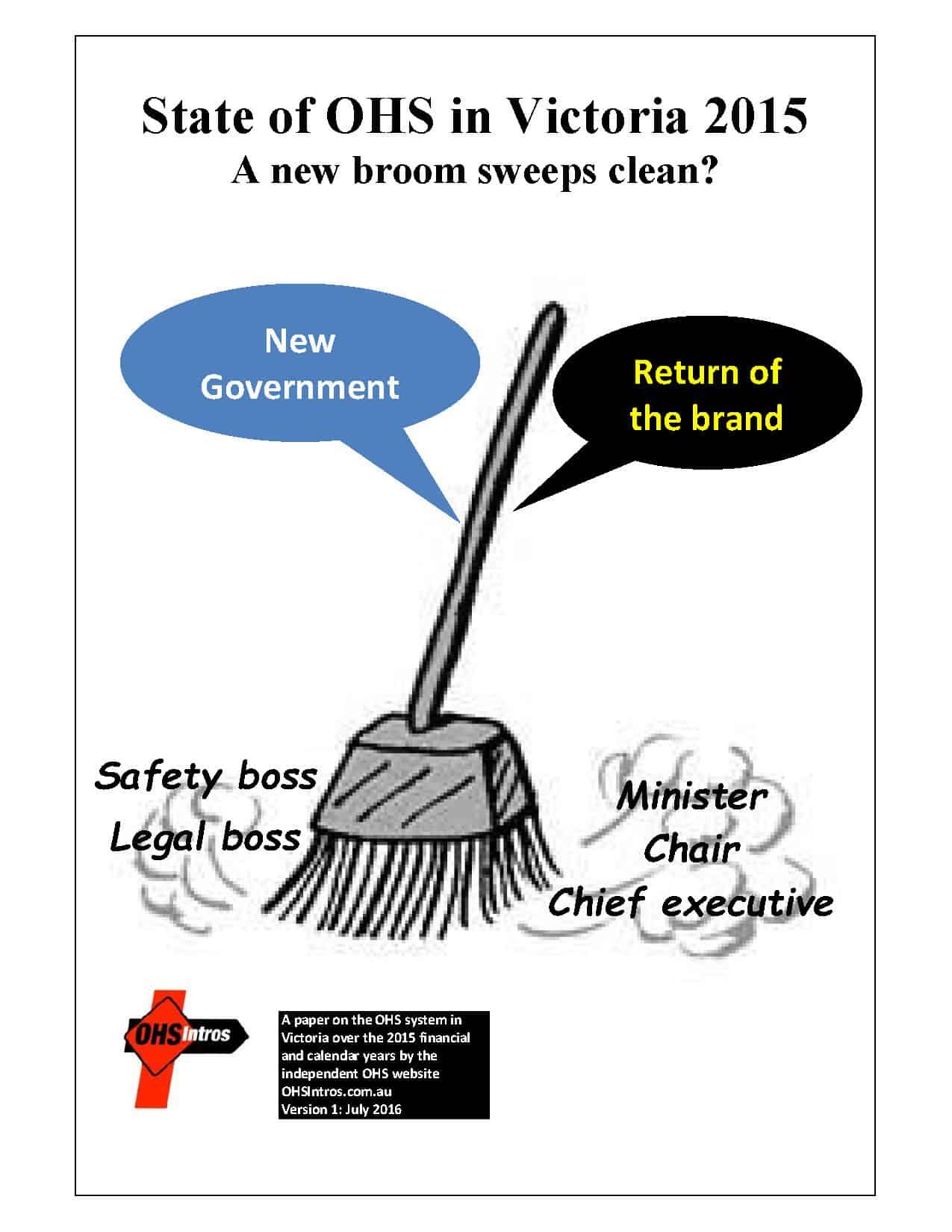Office workers need to exercise more. This is one of the simplest occupational health and safety (OHS) statements that can be made. Whether one stands while answering a telephone, walks to a photocopier, have a walking meeting or take the stairs instead of the lift or escalator, you will be healthier by moving. Too often this simple OHS message is confused by sellers of apps, products, furniture and training courses that promise success from a single intervention. The way to avoid this is to look at the research and some recent Australian research into sedentary work is a useful reference in determining workplace safety interventions.
The research “A Cluster RCT to Reduce Office Worker’s Sitting Time: Impact on Activity Outcomes” has been written by a swag of researchers from around Australia and found that a:
“workplace-delivered multicomponent intervention was successful at reducing workplace and overall daily sitting time in both the short- and long- term.”

 On 22 July 2016, the
On 22 July 2016, the 